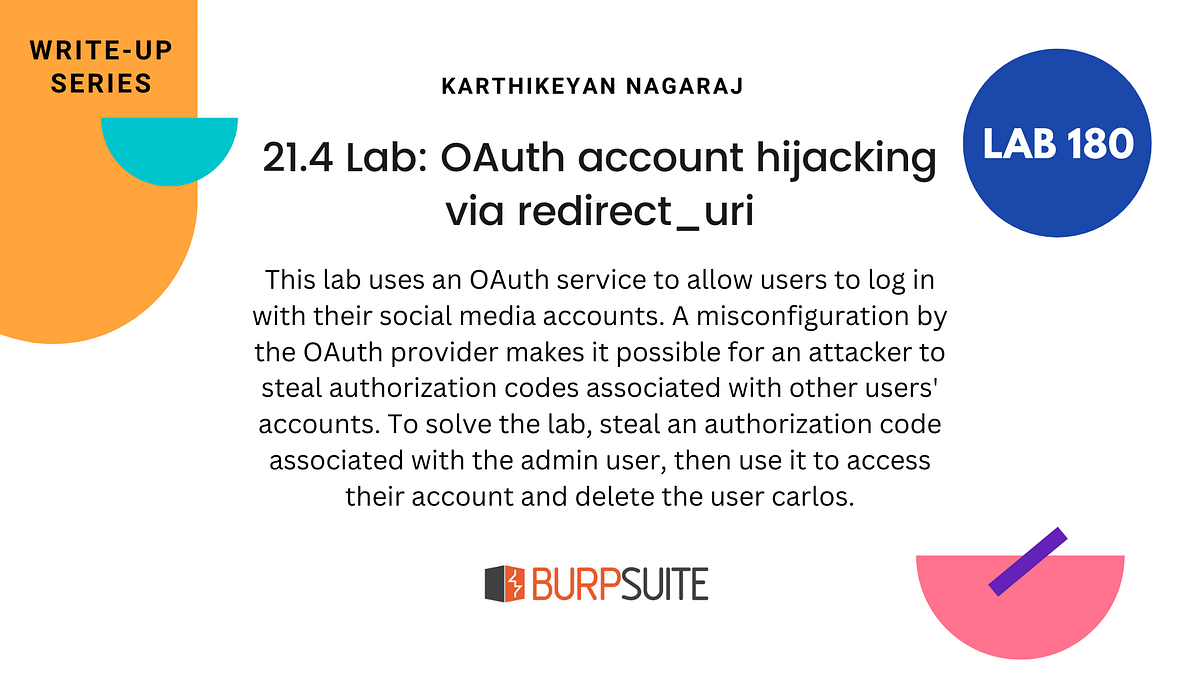BOOK THIS SPACE FOR AD
ARTICLE ADIntroduction:
Server-Side Request Forgery (SSRF) is a critical web application vulnerability that can lead to unauthorized access, data leakage, and compromise of internal systems. In this article, we will delve into the detection and mitigation of SSRF vulnerabilities during the early coding cycle. This guide aims to assist beginners in understanding SSRF vulnerabilities while providing comprehensive examples, addressing different approaches to fix them, and highlighting the impact of SSRF on compliance audits and industry standards.
Understanding SSRF:
SSRF occurs when an attacker manipulates a server into making unintended requests to internal or external resources. This vulnerability arises due to insufficient input validation or insecure coding practices, allowing attackers to bypass firewalls and gain unauthorized access to sensitive data or systems.
Impact of SSRF:
The impact of an SSRF vulnerability can be severe:
Unauthorized data access: Attackers can abuse SSRF to retrieve sensitive data from internal systems, such as databases, file servers, or cloud services.Service disruption: SSRF can cause denial-of-service (DoS) attacks by overwhelming external systems with requests, impacting their availability.Remote code execution: By leveraging SSRF, attackers can execute arbitrary code on internal systems, leading to further compromise or lateral movement within the network.Scenarios and Industry Standards:
SSRF vulnerabilities are a common concern across industries and are listed in industry standards such as OWASP and SANS Top 25 Most Dangerous Software Errors. Compliance audits, such as the Payment Card Industry Data Security Standard (PCI DSS) and General Data Protection Regulation (GDPR), emphasize the need for protecting against SSRF and other web application vulnerabilities.
Detecting SSRF Vulnerabilities:
Identify user-controlled inputs: Look for inputs, such as URLs, IP addresses, or file paths, that are processed or used in requests originating from the server.Check for URL validation: Review how URLs are validated before being used in requests. Common flaws include weak or missing URL validation routines, which can lead to SSRF vulnerabilities.Analyze request patterns: Identify code patterns that indicate server-side requests, such as the use of functions like file_get_contents(), curl_exec(), or any custom request functions.Review external resource usage: Examine code that fetches external resources based on user inputs, including API calls, file downloads, or remote content retrieval.Example Vulnerable Source Code:
Consider the following PHP code snippet vulnerable to SSRF:
<?php$url = $_GET['url'];
$content = file_get_contents($url);
echo $content;
?>
In this code, the user-supplied URL is used directly in the file_get_contents() function without any validation or sanitization.
In this code, the user-supplied URL is used directly in the file_get_contents() function without any validation or sanitization.
Mitigating SSRF Vulnerabilities:
SSRF and Compliance Audits:
SSRF vulnerabilities can have implications during compliance audits. Organizations adhering to standards such as PCI DSS, GDPR, or industry frameworks like NIST Cybersecurity Framework are expected to address SSRF and web application vulnerabilities to ensure the protection of sensitive data and compliance requirements.
Conclusion:
Detecting and mitigating SSRF vulnerabilities during the early coding cycle is crucial for maintaining the security of web applications. By identifying user-controlled inputs, validating URLs, implementing input sanitization, and adopting network-level protections, developers can significantly reduce the risk of SSRF attacks. Awareness of SSRF’s impact on compliance audits and adherence to industry standards further reinforce the need for thorough vulnerability mitigation practices.
Feel free to reach out if you have any inquiries. I am here to respond to your questions in the comments section.
Don’t forget to connect with me on LinkedIn for more articles like this in the future: https://www.linkedin.com/in/rohitcoder/
.png)
 11 months ago
57
11 months ago
57 













 Bengali (Bangladesh) ·
Bengali (Bangladesh) ·  English (United States) ·
English (United States) ·